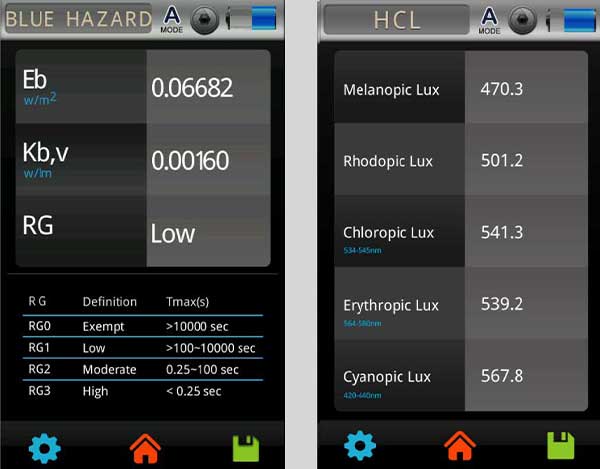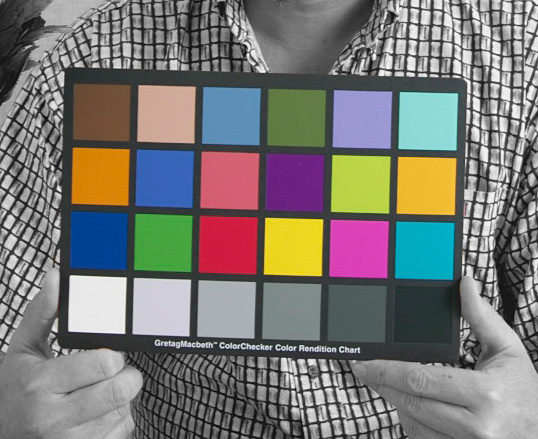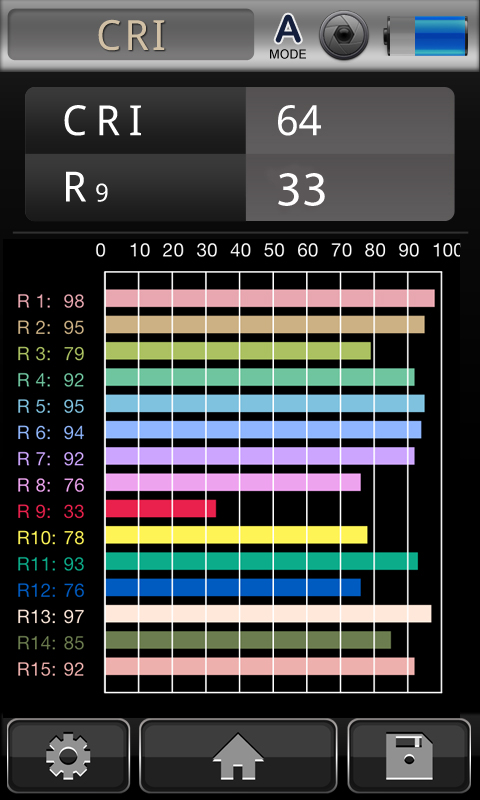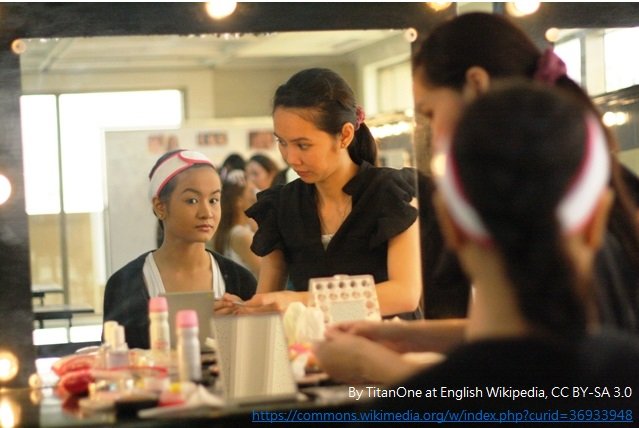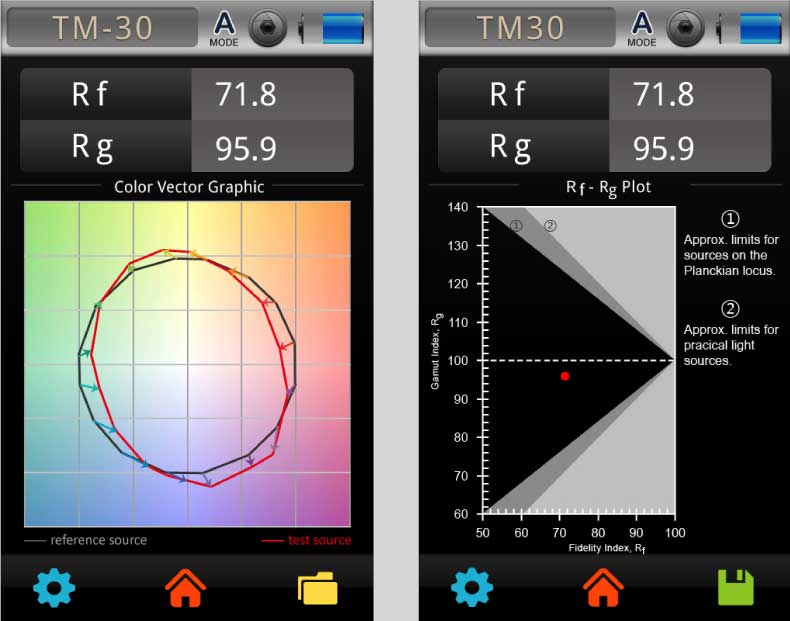Lighting Design
Aesthetics, Safety and Productivity
Lighting designers, cinema & stage directors and architectural designers understand the importance of light design and how it can affect our emotions, behavior and productivity.
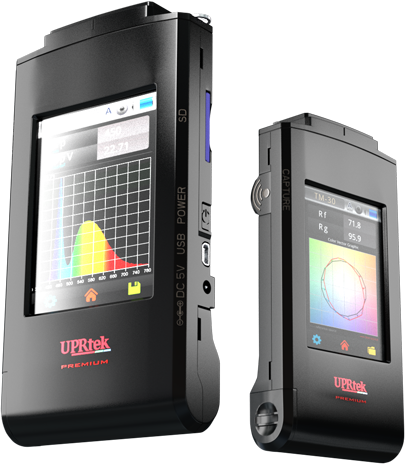
MK350N Premium Spectrometer
Photo by Fitore F at Unsplash
Lighting Design
Lighting design used for visual effect is a very specialized field in several industries. Light can influence spatial awareness, emotional behavior and even productivity in the work place. We will cover four aspects of lighting design.
- Interior Design Lighting
- Theater/Stage performance Lighting
- Cinema/Film Lighting
- Visual Merchandising.

Image by Fitore F at Unsplash.
Interior Lighting Designers
Interior lighting design is important for offices and public places such as museums and libraries. But this work can be very subjective and tedious. And that’s why interior designers and architects turn to software like Dialux to assist them by testing lights in a simulated 3D environment. The software imports an AutoCad floorplan and then allows the designer to reconstruct the premises with windows, floors, doors, ceilings, and even furniture. Then simulated light fixtures from various vendors are placed throughout and the lighting can be evaluated for LUX and colors, with a detailed report to follow.
After the actual lights are implemented in the real premises, a light meter is used to review and validate the lighting for the customer.
Light Safety – Blue Light Hazard, Flicker
Of course light safety is important in public places. A light meter can help you look-before-you-leap, and purchase the best lights for your project by evaluating and assessing problems of Blue Light and Flicker.
HCL – Human Centric Lighting
More lighting designers are paying attention to how light can influence our behavior. HCL are strategies in using specific wavelengths of light to stimulate hormonal activity to encourage natural patterns of alertness (workplace) or rest (home). Negligent lighting could otherwise disrupt our circadian patterns resulting in fatigue, insomnia and other hormonal related maladies.
Theater/Stage performance Lighting – Manufacturing
Stage performance lighting can be tricky. With the advent of more specialized stage/cinema LED lights, production companies can turn to cooler, energy efficient, longer lasting lights, that can be easily adjusted (CCT and brightness) and even remotely controlled. However, there are some setbacks to LED lighting and that is inconsistency.
The lighting crew can set all their LED lights to 4000K. However, the lighting director may still notice the colors are all slightly different. Lighting crews must spend 1-2 hours manually adjusting the lights (e.g. RGB knobs on back panel). This is not a problem with the quality of the light per se, but the inherent inconsistency in LED chips. LED light behavior and color performance is based on underlying BIN ratings and CCT, which are only ranges of color that lead to these inconsistencies.
Manufacturers of LED lighting go to great lengths, developing software/hardware to mitigate these inconsistencies, but it’s time consuming, costly and labor intensive.
Products like the UPRtek CG Color Genius are designed to alleviate these manufacturing challenges, by providing automated, fast, reliable calibration from a single common source. This means that all manufactured LED Stage Lights will have the same color quality and behavior right off the production line.

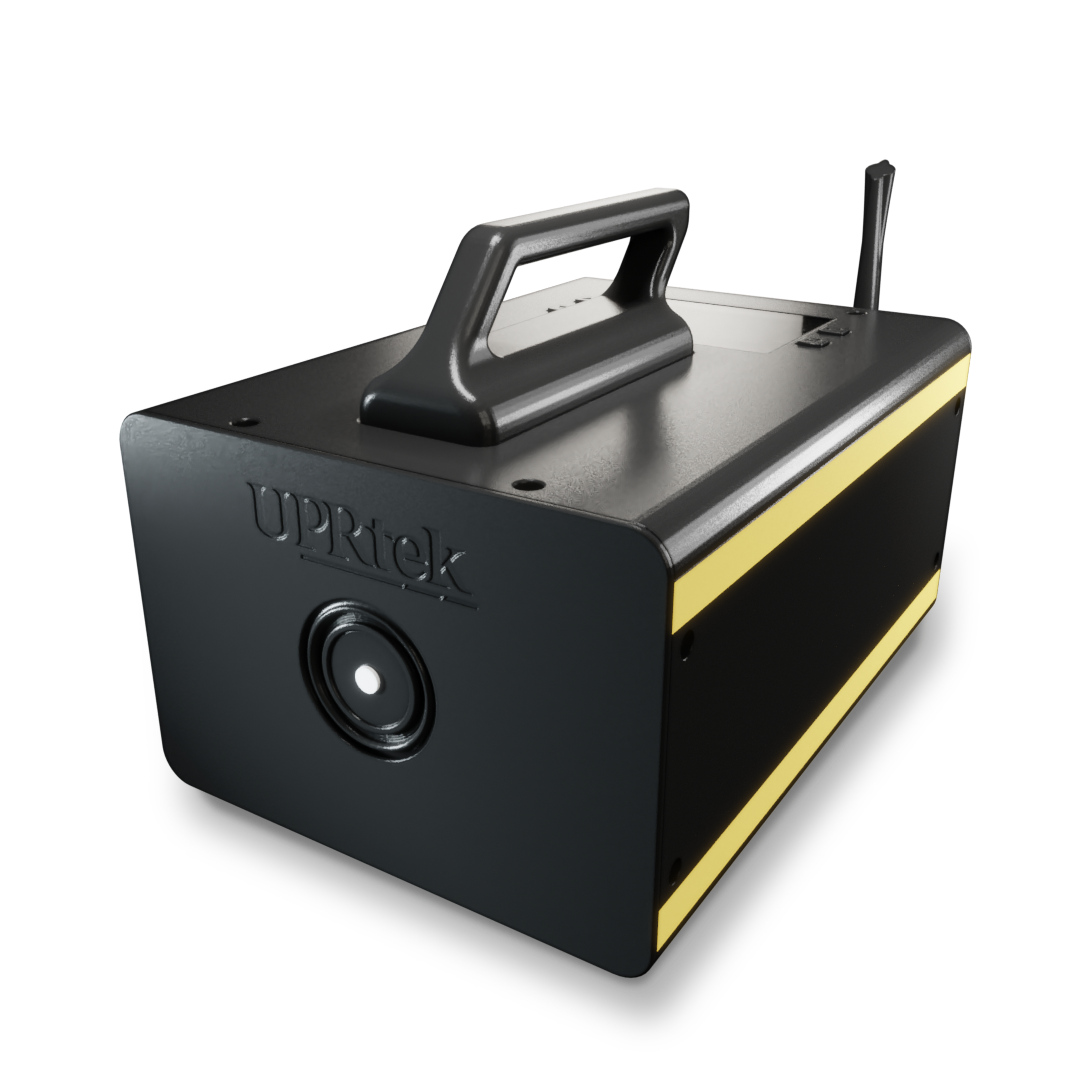
CG01 Color Genius
Cinema/Film Lighting
Cinema Filming introduces a whole new set of challenges in lighting with video recording cameras. Video cameras see color, light and brightness very different than how we humans see it and so the rules of the game changes.
Getting the lighting right is extremely important when filming. The quality of the lights, the colors, the shadows, the angles and even the size of the lights all determine a great shoot. Otherwise, there is a lot of time-consuming post production work (in the cutting room), without any assurance the video can be fixed.
Color Quality
Can your lights reflect colors adequately for video cameras? From camera, to post production, to final cut, will the skin tones on actors/actresses be accurately portrayed on the final screen? These are questions that challenge the color rendering capabilities of your lights.
CRI (Color Rendering Index) has been mainstay of the lighting industry, but is a human-centric metric. Cameras see light and colors very differently than humans. And so, there are now other metrics that are camera-centric and can more adequately gauge colors as the camera sees it.
- TLCI Television Lighting Consistency Index
- SSI Spectral Similarity Index (Academy of Motion Pictures Arts and Sciences)
- TMLF Television Luminaire Matching Factor
Video production companies know it’s better to get the colors right at the shoot, rather than spend time and trouble fixing the colors in post production. UPRtek CV600 is a cinematic spectrometer being used to check lights for suitability for film or TV.
Shooting Video and Flicker
Flickering lights are hard to notice during a busy video shoot. In the heat of the moment, it’s easy to miss on your camera’s small monitors. It’s not until you get back to the cutting room where you review the video and are aghast at the flickering light off to the side. You can try to fix it but it’s time consuming and not always reparable.
Flicker can be caused by the AC current in the power main. This is usually rectified by adjusting the FPS and shutter speed to match the AC wave fluctuations. However, not all flicker is caused by AC. Large electrical appliances like air conditioners and refrigerators can drain the power on the line causing flicker. Dimmer switches can cause flicker. Even light from different sources can mesh together and cause flicker.
It’s best to be safe than sorry and check your scene for flickering lights with a device that can measure flicker, and avert a post production nightmare.
Get the Cinema and Photography Light Meter Handbook for more about Rendering Indices and Flicker (click here).
Visual Merchandising
Visual merchandising is lighting design focusing on the appearance of products on display, as in showrooms, exhibitions or stores. Much of it will focus on color, saturation and brightness.
Color Rendering
Color rendering capability of your lights are important. Your white light will contain all the colors of the spectrum. However some of those colors may be deficient. Maybe your light is deficient in red colors. It means that the items on display that are red will look rather drab and lifeless.
This is important in super markets – you may have noticed that the raw chicken filets are vibrant pink under the shelf lights, but when you move them out into the general fluorescent lighting, they become a pale pink and unappetizing. It’s all because the fluorescent lights exhibit poor color rendering ability and perhaps lack in some of the red tones.
Notice the picture on the right (simulated). The left side tomatoes appear pale red and lifeless, while the tomatoes on the right side are vibrant red. This is what you can expect to see from a store with poor CRI lighting and a store with good CRI lighting. Yes, lighting makes a difference, no matter you are selling tomatoes or clothing or cars.
Color rendering is important for many applications. When selling cosmetics in department stores or applying cosmetics in a salon, how your lights render skin tones will most certainly influence how customers see themselves in mirrors. Professional cosmeticians will pay attention to this and use lights with high quality CRI, R9 and CCT.
CRI is a long standing metric in the lighting industry, but it’s come under scrutiny for being a simple average for a small subset of colors. Actually, there are other, newer color rendering indices such as TM-30, CQS that are more representative of color rendering capabilities of a light.
Get the Cinema and Photography Light Meter Handbook to learn more about TM-30 and CQS (click here).
With a lot of distracting elements of objects and colors it’s difficult to objectively evaluate how light is balanced throughout a showroom or window display. A LUX representation will display the dispersal of light with brightness gradients which will help the designer adjust for contrast and symmetry.
Lighting Design
Lighting Design can be a fickle and subjective endeavor. More designers are turning to software and measuring devices to help them deliver results faster, with more confidence and accuracy.

Handbook Series
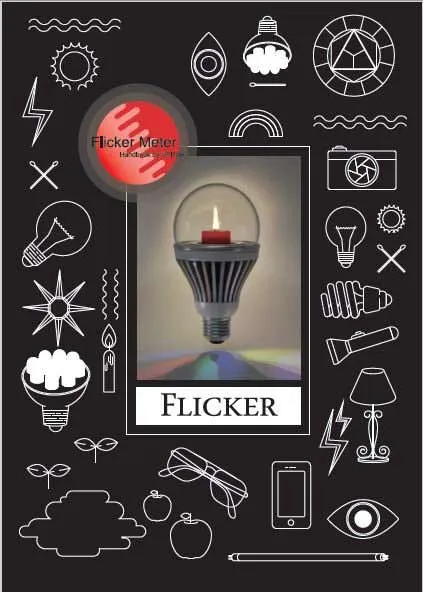
The Flicker Handbook
Everything thing you need to know about Flicker, an insidious, potentially serious lighting artifact impacting visual safety for public places like hospitals, offices, libraries, and more...
About UPRtek

United Power Research and Technology
UPRtek (est. 2010) is a manufacturer of portable, high-precision light measurement instruments; Handheld Spectrometers, PAR meters, Spectroradiometers, Light Calibration Solutions.
UPRtek HQ, R&D and manufacturing are all based out of Taiwan, with Worldwide representation through our certified Global Resellers.
Latest Articles
Category


